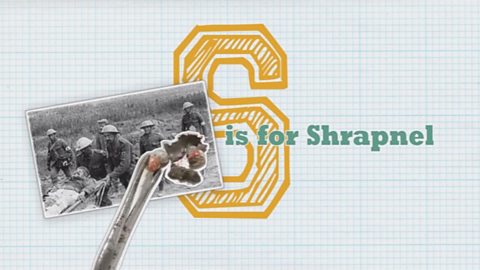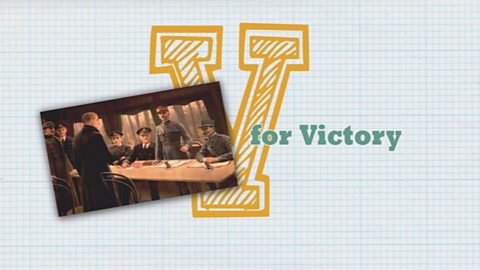Video summary
Newsreel and schoolchildrenÔÇÖs commentary describe the conditions of British trenches on the Western Front in World War One.
A dramatic monologue introduces Private Billy Short, aged 18. HeÔÇÖs in a trench on the front line, writing a letter home to his mother.
His cheery account in the letter contrasts with the harsh conditions he faces in reality.
Billy tells us of his everyday duties, such as filling sandbags, cleaning rifles, sentry duty, mending duckboards and pumping water.
He looks forward to the next day, when heÔÇÖs due to go back down the line for some rest and maybe a bath.
This clip is from the series WW1 A to Z.
Teacher Notes
Challenge pupils to use information from they have seen and heard to help them make a scale model of a trench.
Pupils could use modelling clay, cardboard, twigs and pieces of thin wire to make their designs.
They could label the various elements of the trench, using books and websites to give them more context.
This short film is suitable for teaching history at Key Stage 2 / Second Level or above.
S is for Shrapnel. video
Newsreel and dramatic monologue describe the effects of shrapnel in WW1, and the role of woman doctors in treating its effects.

U is for Unsung Heroes. video
Newsreel, schoolchildrenÔÇÖs commentary and dramatic monologue illustrate the role of animals in WW1, including the famous terrier Sergeant Stubby.

V is for Victory. video
Newsreel, schoolchildren and dramatic monologue show the victory celebrations in 1918 at the end of WW1.
